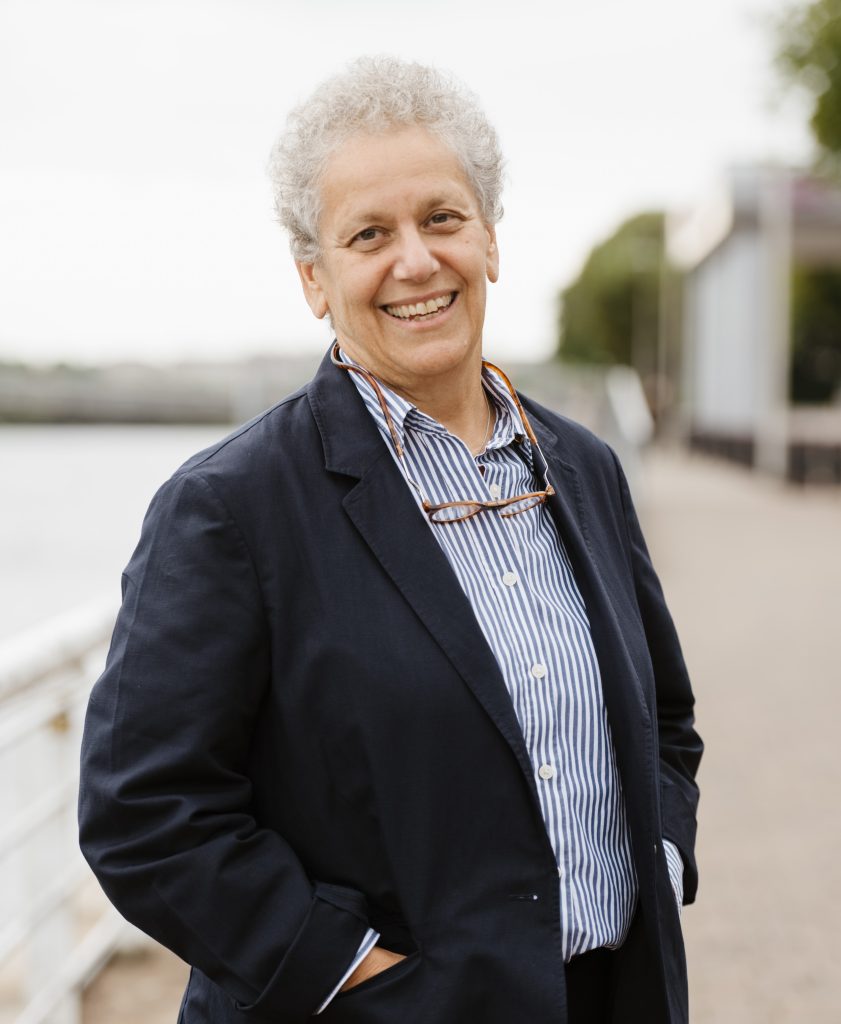#62 – Faculty Development: More than attending a workshop!
Episode host: Linda Snell.

Explore this comprehensive guide on faculty development featuring the Four-Quadrant Model by Yvonne Steinert. Whether you’re an educator or a faculty developer, this resource will help you design impactful programs and engage in meaningful professional growth.
Episode notes
Welcome to this “Consult” on faculty development, where we explore innovative approaches to professional growth in the health professions. This episode focuses on the Four-Quadrant Model of faculty development, a framework that has evolved over the past 15 years and was initially introduced by Yvonne Steinert at McGill University.
What is the Four-Quadrant Model?
The Four-Quadrant Model is a framework that categorizes faculty development initiatives into four types based on two key dimensions: the context of learning (individual vs. group) and the approach to learning (formal vs. informal). This model helps educators and institutions design and implement faculty development programs that cater to diverse learning needs and professional contexts.
1. Formal Group Initiatives
Are the most familiar and the most used, and include workshops, seminars, rounds and other short sessions, which often incorporate multiple teaching formats aimed at the goals of the activity. This quadrant also includes longitudinal programs such as fellowships, graduate degrees, and teaching scholar programs.
- Description: These are structured activities designed for groups, such as workshops, seminars, and longitudinal programs.
- Key Features: Flexible, modular, repeatable, and designed to facilitate deep learning and expertise development.
2. Formal Individual Initiatives
includes planned and structured online learning, peer coaching, and peer and student feedback.
- Description: Structured and planned activities focused on individual development, such as online learning, peer coaching, and formalized feedback mechanisms.
- Key Features: Tailored learning experiences, often involving reflection and personalized feedback.
3. Informal Individual Activities
This includes learning by experience, including learning by observing (for instance role models, when co teaching with colleagues) and learning by doing, in both cases reflecting on experience.
- Description: Unplanned learning that occurs through personal experience, such as learning by observing role models or self-reflection on teaching practices.
- Key Features: Often facilitated by tools like self-assessment frameworks and informal mentorship.
4. Informal Group Initiatives
This includes work-based learning and communities of practice.
- Description: Learning that happens within a group setting in an informal manner, such as through communities of practice or work-based learning.
- Key Features: Collaborative learning environments where knowledge is shared and developed collectively.
Mentorship: The Central Pillar
Mentorship plays a crucial role across all four quadrants, providing support and guidance that enhances both formal and informal learning experiences. An effective mentor can help faculty members navigate their professional journeys, offering insights that foster growth across all areas of faculty development.
Application of the Four-Quadrant Model
- For Faculty Developers: Learn how to design comprehensive faculty development programs that incorporate all four quadrants, ensuring a balanced approach that addresses various learning styles and professional needs.
- For Faculty Members: Discover how to engage with different types of faculty development opportunities throughout your career, from formal workshops to informal peer interactions.
Evolution of the Model
The Four-Quadrant Model has been discussed and refined over the years, with its roots traced back to a 2010 paper published in Medical Teacher titled “Faculty Development from Workshops to Communities of Practice” by Yvonne Steinert. The model has been further expanded in the 2014 book Faculty Development in the Health Professions, with a new edition expected in late 2024.
Join the Conversation
We invite you to share your thoughts and experiences with the Four-Quadrant Model. Whether you’re a faculty developer or a faculty member, your insights can help us refine and expand this framework. Contact us below or engage with us on social media.
Reference
Steinert, Y. (2010). Faculty development: From workshops to communities of practice. Medical Teacher, 32(5), 425–428.

0 comments